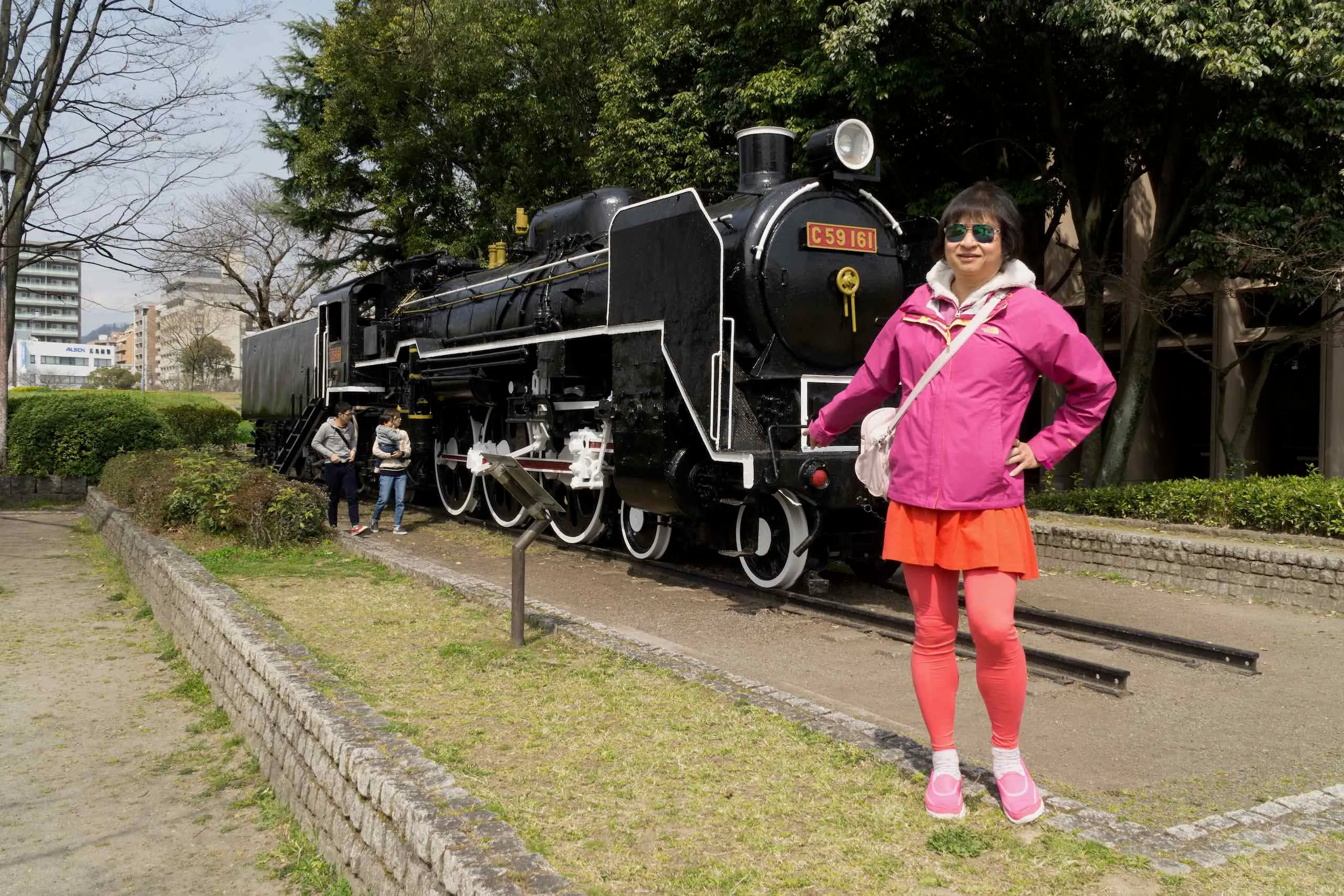

Hiroshima (広島市) is situated on the Ōta River delta, on Hiroshima Bay. The river’s six channels divide Hiroshima into several islets.
After 4 exhausting days, my body needs a rest. Today we are staying put in Hiroshima, so I rewarded myself by waking up late (7am), took my time getting ready and had breakfast at 8am.
The breakfast here is not as extensive as previous hotels but still decent. I focused on the Japanese dishes and we stayed until the buffet closed at 8:45.
Today we are going to visit all the usual Hiroshima sights – Hiroshima castle, the Genbaku Dome, the Peace Bell, the Cenotaph and the museum.
Hiroshima is infamous as the first city targeted by an atomic bomb. Largely rebuilt post war, the city is once again a significant city. It is the capital city of Hiroshima prefecture, with over 1m in population. The official website has an English section.
Hiroshima reminds me of Melbourne- the square grid layout of the city centre, the wide streets, the streetcars and the river. We took the streetcar from the station to the stop next to the Genbaku Dome, and walked to the castle via a baseball field. On the way we passed through a sports complex with a pool.
I saw a heritage train (no C59161), a statue of a boy selling newspapers, and a girl on top of a fish. All are located close to Hannover Garden. This garden is named after the city of Hannover in Germany, which is a sister city of Hiroshima. It is a sunken garden imitating a part of the Gardens of Herrenhausen in Hannover. Its distinguishing point is that the whole garden is in the shape of the crest of Hannover.
Please click on any photo to view in a lightbox. Use arrow keys or swipe to navigate.
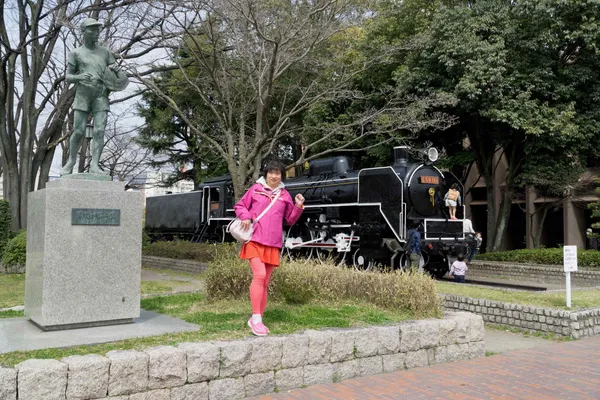 Statue of Newspaper Boy (SONY ILCE-6000)
Statue of Newspaper Boy (SONY ILCE-6000) 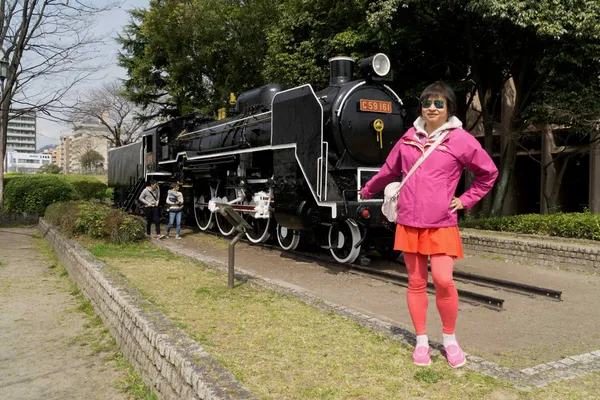 C59161 train (SONY ILCE-6000)
C59161 train (SONY ILCE-6000) 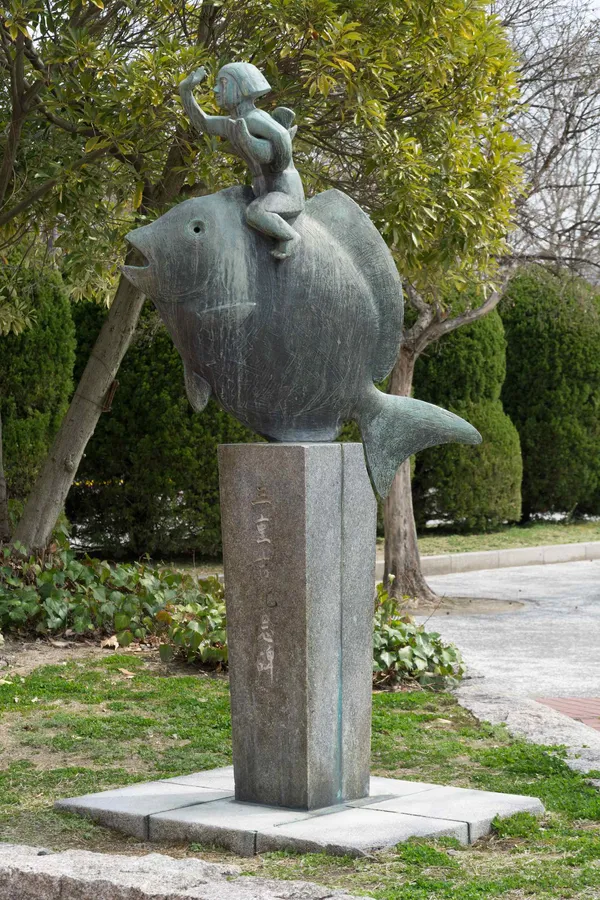 Statue of girl and fish (SONY ILCE-6000)
Statue of girl and fish (SONY ILCE-6000) 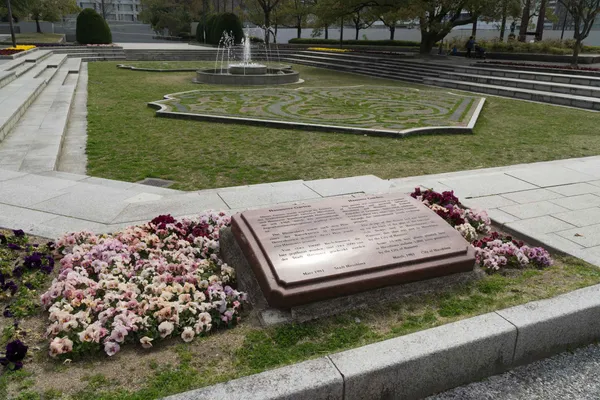 Hannover Garden (SONY ILCE-6000)
Hannover Garden (SONY ILCE-6000) 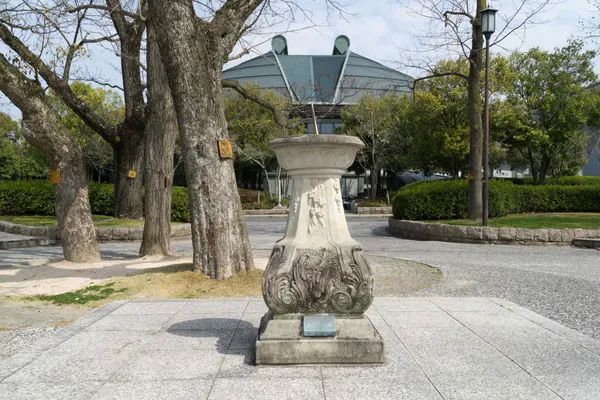 Hannover sundial (SONY ILCE-6000)
Hannover sundial (SONY ILCE-6000) .uf-U69pO_Z1i8T15.webp) Hannover sundial (1) (SONY ILCE-6000)
Hannover sundial (1) (SONY ILCE-6000) 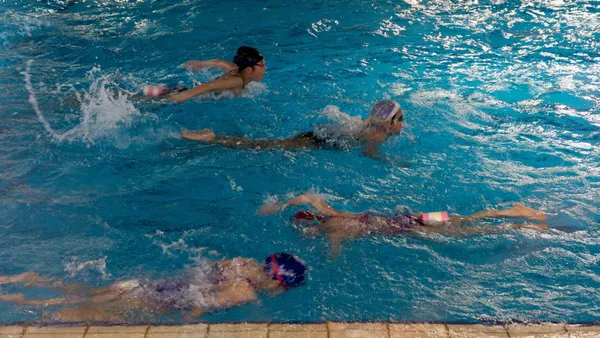 Swimming pool (SONY ILCE-6000)
Swimming pool (SONY ILCE-6000) 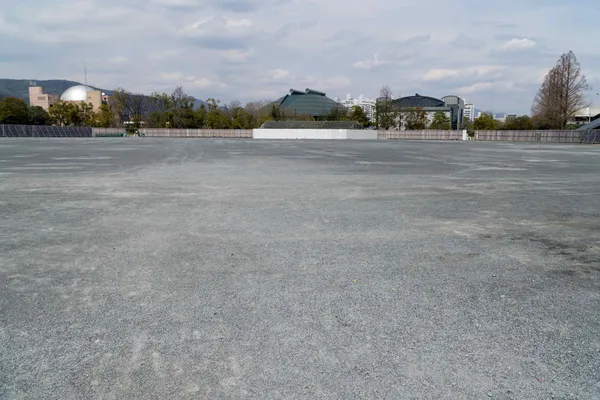 Former Hiroshima Municipal Stadium (SONY ILCE-6000)
Former Hiroshima Municipal Stadium (SONY ILCE-6000) 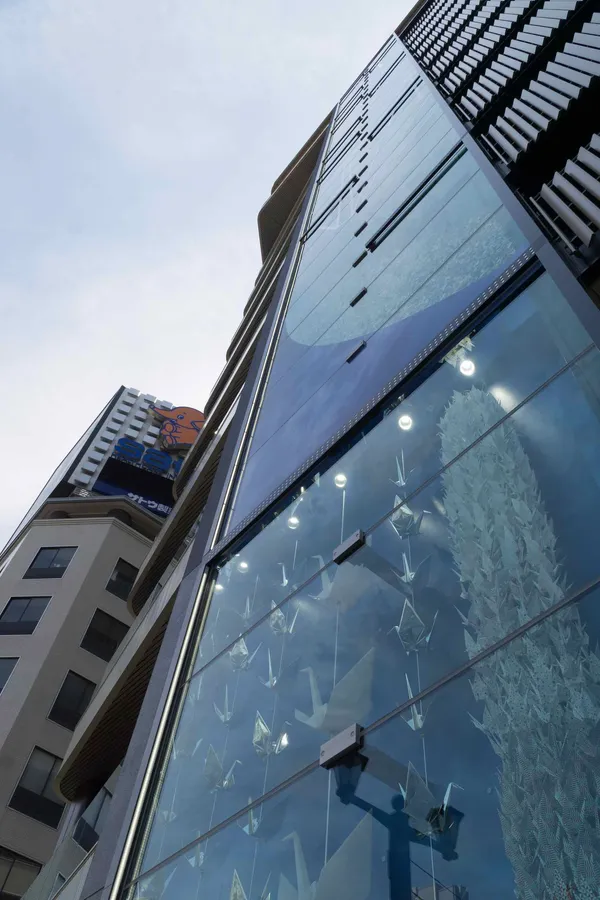 Hiroshima Orizuru Tower (SONY ILCE-6000)
Hiroshima Orizuru Tower (SONY ILCE-6000) .Dkcjh30D_Z1d9Nh8.webp)
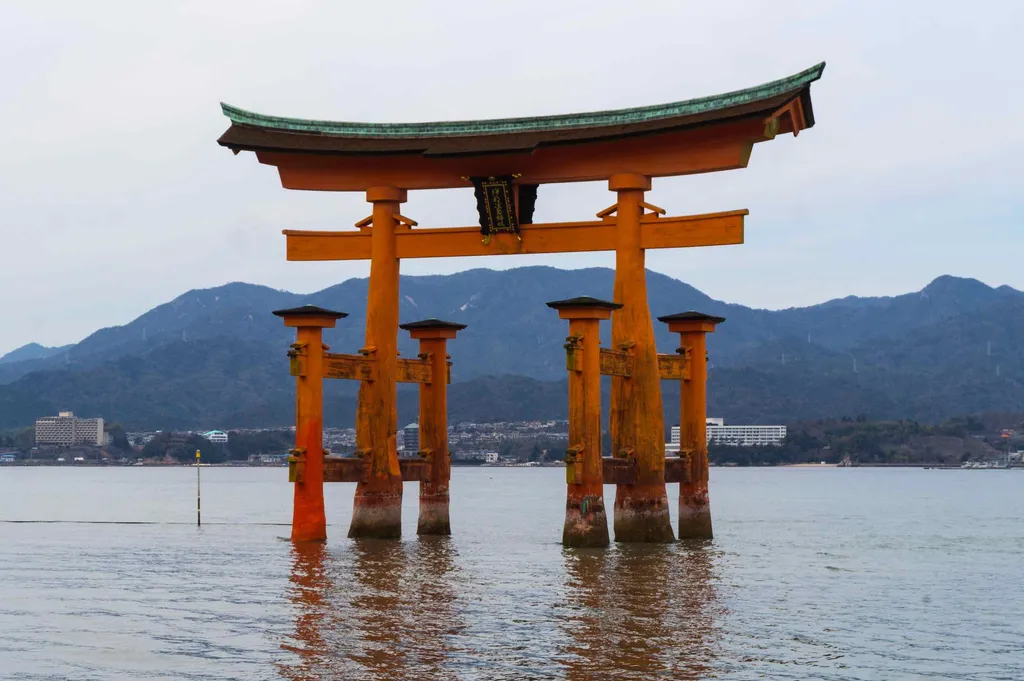
.DOmUU3bF_Z16LQQt.webp)